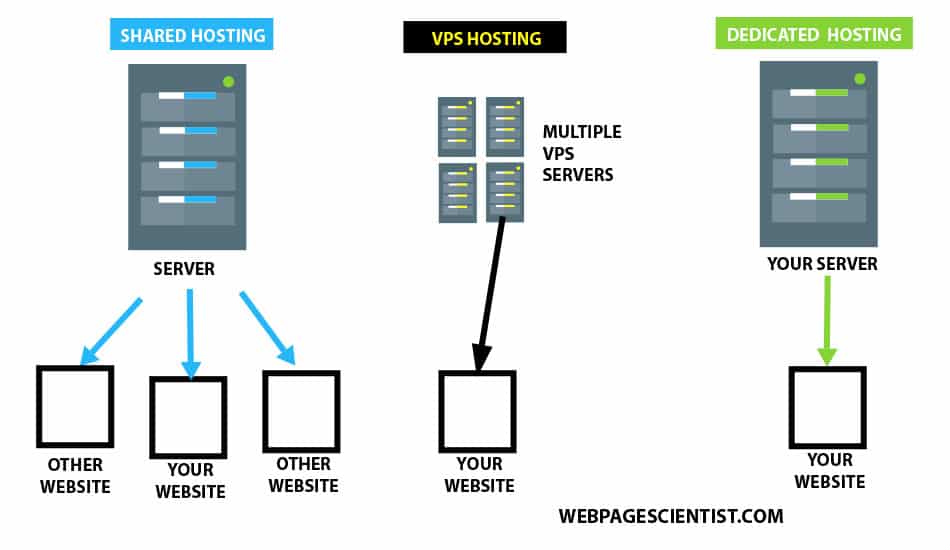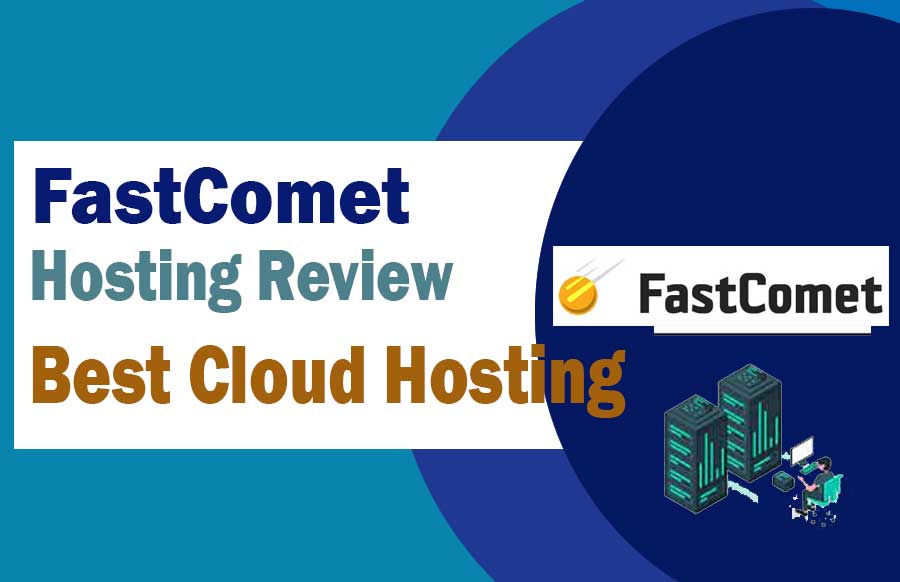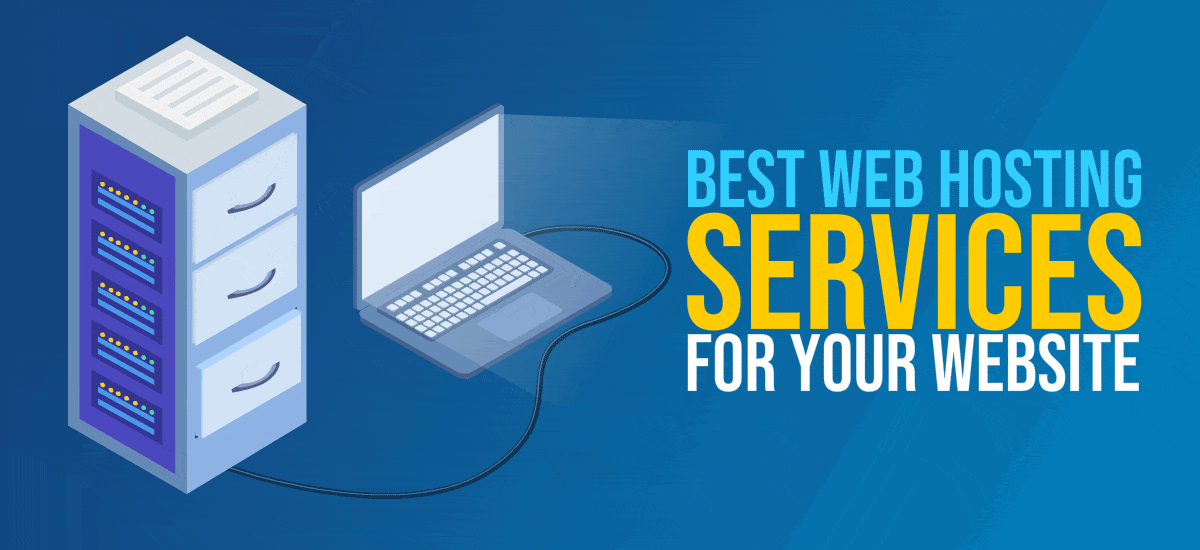Cheap shared hosting sets the stage for a compelling discussion about web hosting options that are both affordable and functional. This type of hosting allows multiple websites to share the resources of a single server, resulting in a cost-effective solution for individuals and small businesses.
Shared hosting is an attractive choice for those just starting out or with budget constraints, as it offers a low barrier to entry for establishing an online presence. However, it’s crucial to understand the advantages and disadvantages of this hosting model to determine if it’s the right fit for your specific needs.
What is Cheap Shared Hosting?
Cheap shared hosting is a type of web hosting where multiple websites share the same server resources, such as CPU, RAM, and disk space. This allows hosting providers to offer affordable plans, making it a popular choice for individuals and small businesses with limited budgets.
Shared Resources
Shared hosting works by dividing the server’s resources among all the websites hosted on it. This means that each website has access to a portion of the server’s overall capacity. The amount of resources allocated to each website depends on the hosting plan and the number of websites sharing the server.
Cost-Effectiveness
Shared hosting is significantly more affordable than other types of hosting, such as VPS or dedicated servers. This is because the cost of maintaining and operating the server is shared among multiple users.
Advantages of Cheap Shared Hosting
Cheap shared hosting offers a cost-effective solution for individuals and small businesses with limited budgets and basic website needs. This type of hosting allows multiple websites to share the same server resources, leading to significantly lower costs compared to dedicated or VPS hosting.
Affordability
Affordability is the most significant advantage of cheap shared hosting. It allows individuals and small businesses with limited budgets to establish an online presence without significant upfront investments. For instance, a basic shared hosting plan can cost as little as a few dollars per month, making it accessible to those with limited financial resources. This cost-effectiveness is particularly beneficial for startups, bloggers, and small businesses operating on tight budgets.
Ease of Use
Cheap shared hosting is generally user-friendly and requires minimal technical expertise. Most providers offer intuitive control panels, making it easy to manage websites, create email accounts, and install applications. This user-friendliness makes shared hosting an ideal choice for individuals and businesses without extensive technical knowledge.
Minimal Technical Expertise Required
Cheap shared hosting often comes with pre-configured settings and built-in features, requiring minimal technical knowledge from users. For example, most shared hosting providers offer automatic installation scripts for popular content management systems like WordPress, simplifying the website setup process. This user-friendly approach eliminates the need for extensive technical skills, making it accessible to individuals with limited technical expertise.
Disadvantages of Cheap Shared Hosting
While cheap shared hosting offers affordability, it’s essential to be aware of its potential drawbacks. These limitations can significantly impact your website’s performance, security, and overall user experience.
Performance Issues
Shared hosting environments can lead to performance issues due to the shared nature of resources. Multiple websites hosted on the same server compete for bandwidth, CPU, and memory, potentially impacting your website’s loading speed and responsiveness.
For example, if a website on the same server experiences a sudden surge in traffic, it can consume a significant portion of the server’s resources, leading to slower loading times for other websites.
Security Vulnerabilities
Sharing a server with other websites exposes your website to potential security risks. If one website on the server is compromised, it could potentially affect other websites on the same server, including yours.
For instance, if a website on the same server is infected with malware, the malware could spread to other websites on the server, compromising their security and potentially exposing sensitive data.
Factors to Consider When Choosing Cheap Shared Hosting
Choosing the right shared hosting plan can be a challenge, especially when you’re on a budget. There are many factors to consider to ensure you get the best value for your money.
Reliability and Uptime, Cheap shared hosting
It’s essential to choose a provider with a proven track record of reliability and uptime. This means they have servers that are consistently available and perform well. Look for providers with a guaranteed uptime of at least 99.9%. This means your website should be available for almost all of the time, even if there are temporary issues with the server.
Customer Support
You need to know that you can rely on your hosting provider for help if you encounter problems. Choose a provider that offers 24/7 customer support through multiple channels like live chat, email, and phone. This will allow you to get help quickly and easily, no matter what time of day it is.
Storage and Bandwidth
Shared hosting providers offer different levels of storage and bandwidth. Storage is the amount of space you have to store your website files, images, and other data. Bandwidth is the amount of data that can be transferred to and from your website each month. The amount of storage and bandwidth you need will depend on the size and traffic of your website. A small blog will need less storage and bandwidth than an online store with lots of images and videos.
Features and Pricing Plans
Shared hosting providers offer different features and pricing plans. Some of the common features include:
- Free domain name registration
- Free SSL certificate
- Unlimited disk space and bandwidth
- Website builder
- Email accounts
- Database support
- Security features
It’s important to compare the features and pricing plans offered by different providers to find the best value for your money. Consider the features that are most important to you and choose a plan that offers those features at a reasonable price.
Popular Cheap Shared Hosting Providers
Choosing the right cheap shared hosting provider can be overwhelming, given the wide range of options available. It’s essential to weigh your needs and budget against the features and performance offered by each provider. Here’s a comparison of some popular cheap shared hosting providers to help you make an informed decision.
Popular Cheap Shared Hosting Providers
This section presents a comparison of popular cheap shared hosting providers, focusing on their pricing, key features, and customer reviews. This information can help you determine which provider best suits your needs and budget.
| Provider | Pricing | Key Features | Customer Reviews | Website |
|---|---|---|---|---|
| Hostinger | Starting from $1.99/month | Free domain name, unlimited bandwidth, free SSL certificate, website builder, 24/7 support | Generally positive reviews, with praise for affordability and reliable performance. | https://www.hostinger.com/ |
| Bluehost | Starting from $2.95/month | Free domain name, unlimited bandwidth, free SSL certificate, one-click WordPress install, 24/7 support | Mixed reviews, with some users praising the features and support, while others experience technical issues. | https://www.bluehost.com/ |
| Namecheap | Starting from $2.88/month | Free domain name, unlimited bandwidth, free SSL certificate, website builder, 24/7 support | Generally positive reviews, highlighting the affordability and user-friendly interface. | https://www.namecheap.com/ |
| GoDaddy | Starting from $2.99/month | Free domain name, unlimited bandwidth, free SSL certificate, website builder, 24/7 support | Mixed reviews, with some users praising the wide range of features and services, while others experience issues with customer support. | https://www.godaddy.com/ |
Setting Up and Managing Cheap Shared Hosting
Setting up and managing a website on cheap shared hosting involves several steps, from signing up for an account to configuring your website and managing its content. The process can be straightforward, but it’s essential to understand the steps involved and the tools available to ensure a smooth experience.
Signing Up for Shared Hosting
The process of signing up for a cheap shared hosting plan is typically simple and user-friendly.
- Choose a hosting provider: Research different providers and compare their features, pricing, and customer support. Consider factors like storage space, bandwidth, and security features.
- Select a plan: Most providers offer different shared hosting plans with varying levels of resources and features. Choose a plan that aligns with your website’s needs and expected traffic.
- Provide your information: Fill out the registration form, including your contact details, payment information, and domain name (if you already have one).
- Complete the setup: Once you submit the form, you’ll typically receive an email with instructions for activating your account and accessing your control panel.
Setting Up a Website or Blog
Once you have a shared hosting account, you can start setting up your website or blog.
- Install a content management system (CMS): A CMS, such as WordPress, Joomla, or Drupal, provides a user-friendly interface for managing your website’s content, design, and functionalities. Many hosting providers offer one-click installers for popular CMSs, making the setup process effortless.
- Choose a theme or template: CMSs offer a wide range of themes or templates that determine your website’s design and layout. Select a theme that aligns with your brand and content.
- Customize your website: Once you install your CMS and choose a theme, you can customize your website by adding content, images, and other elements. Most CMSs offer intuitive drag-and-drop editors for easy customization.
Website Management Tasks
Managing a website on shared hosting involves several routine tasks that ensure its functionality and performance.
- File uploads: You’ll need to upload files, such as images, documents, and code, to your website. Most hosting providers offer an FTP client or a file manager within the control panel for uploading files.
- Database management: Many websites rely on databases to store and manage content. Your hosting provider will provide access to a database management system (DBMS), such as MySQL or PostgreSQL. You can use this tool to create, modify, and manage your website’s database.
- Backups: Regularly backing up your website’s files and database is crucial for data recovery in case of any issues. Many hosting providers offer automated backup solutions, while others provide tools for manual backups.
- Security updates: Keeping your website’s software and plugins updated is essential for security. Regularly updating your CMS, themes, and plugins helps protect your website from vulnerabilities and malware.
- Monitoring website performance: It’s essential to monitor your website’s performance, including uptime, loading speed, and traffic. Most hosting providers offer monitoring tools that provide insights into your website’s performance and potential issues.
Alternatives to Cheap Shared Hosting
While cheap shared hosting offers a budget-friendly entry point for website owners, it might not always be the most suitable solution. As your website grows in traffic, complexity, or performance requirements, you may find yourself needing more resources and control. This is where alternatives like VPS and cloud hosting come into play.
These alternatives offer greater flexibility and scalability, allowing you to customize your hosting environment to match your specific needs. Let’s delve into the pros and cons of these alternatives, comparing them to cheap shared hosting.
VPS Hosting
VPS hosting, short for Virtual Private Server hosting, provides a dedicated portion of a physical server’s resources, offering more control and performance than shared hosting.
Here’s a breakdown of the advantages and disadvantages of VPS hosting compared to cheap shared hosting:
Advantages of VPS Hosting
- Enhanced Performance: VPS hosting offers dedicated resources, resulting in faster loading times and improved website performance, especially under heavy traffic loads.
- Increased Control: You have greater control over your server environment, including operating system, software installations, and configurations. This allows for greater customization and optimization.
- Improved Security: With dedicated resources, you have a more secure environment as you are less susceptible to the actions of other users on the same server.
- Scalability: VPS hosting allows for easy scaling as your website grows. You can upgrade your resources on demand to accommodate increased traffic or resource requirements.
Disadvantages of VPS Hosting
- Higher Cost: VPS hosting is typically more expensive than shared hosting, as you are paying for dedicated resources.
- Technical Expertise: Managing a VPS server requires some technical expertise. You may need to handle tasks like server administration, security updates, and software installations.
Cloud Hosting
Cloud hosting utilizes a network of servers to distribute your website’s resources across multiple locations. This provides a highly scalable and reliable hosting solution.
Here’s a comparison of cloud hosting to cheap shared hosting:
Advantages of Cloud Hosting
- Scalability: Cloud hosting offers unmatched scalability. You can easily adjust your resources up or down based on your website’s needs, ensuring optimal performance at all times.
- High Availability: Cloud hosting provides high availability with redundancy built into the system. If one server fails, your website seamlessly shifts to another server, minimizing downtime.
- Cost-Effectiveness: While initially more expensive than shared hosting, cloud hosting can be more cost-effective in the long run, especially for websites with fluctuating traffic or resource demands.
Disadvantages of Cloud Hosting
- Complexity: Cloud hosting can be more complex to manage compared to shared hosting, requiring a deeper understanding of cloud technologies.
- Potential Cost Overruns: If not properly monitored and managed, cloud hosting can lead to unexpected cost overruns due to resource consumption.
When to Consider Alternatives
VPS or cloud hosting might be more suitable for you if:
- High Traffic Volumes: Your website experiences frequent traffic spikes or consistently high traffic loads.
- Performance-Critical Applications: You host applications that require fast loading times and reliable performance, such as e-commerce platforms or online gaming sites.
- Resource-Intensive Websites: Your website uses a lot of resources, such as databases, multimedia content, or complex scripts.
- Security Concerns: You require a more secure hosting environment to protect sensitive data or meet compliance requirements.
- Scalability Needs: You anticipate significant growth in traffic or resource needs in the future.
Wrap-Up

While cheap shared hosting can be a great starting point for many, it’s essential to weigh the pros and cons carefully. As your website grows and your traffic increases, you might need to consider upgrading to a more robust hosting solution like VPS or cloud hosting to ensure optimal performance and security. However, for those seeking a budget-friendly option to get their website online, cheap shared hosting offers a viable and accessible solution.
While cheap shared hosting might be tempting for small businesses, it’s crucial to remember that security and reliability are vital. Investing in tools like teamviewer monitoring & asset management can help you keep track of your assets and ensure smooth operations, even with a shared hosting environment.
After all, a reliable website is a valuable asset, regardless of your hosting plan.




